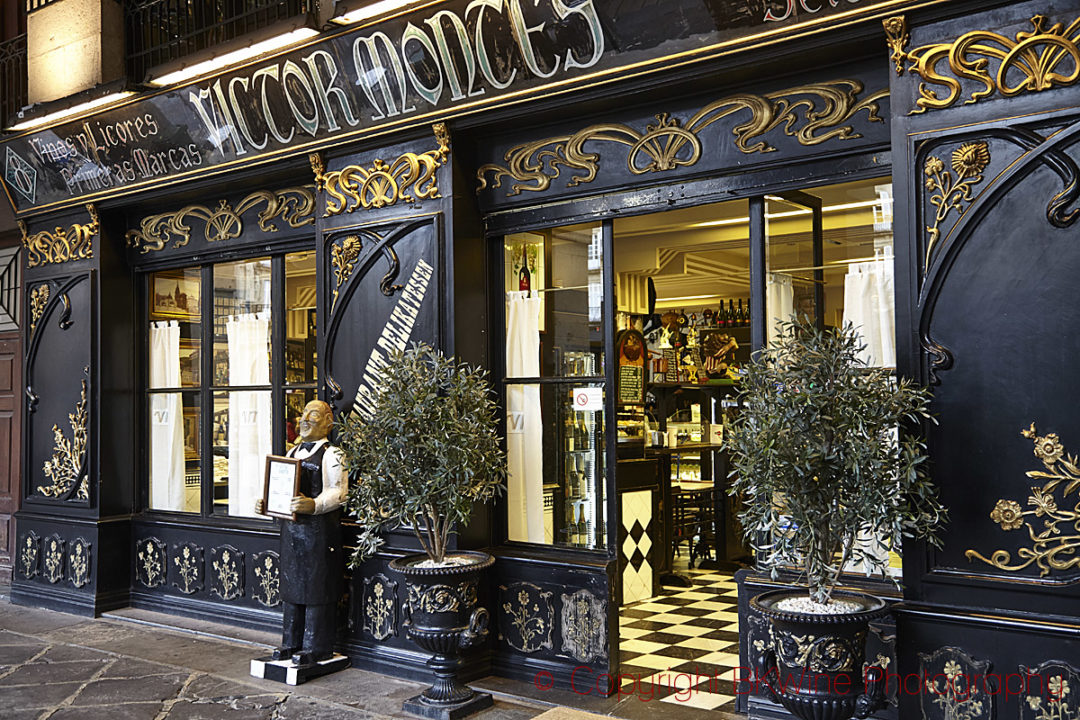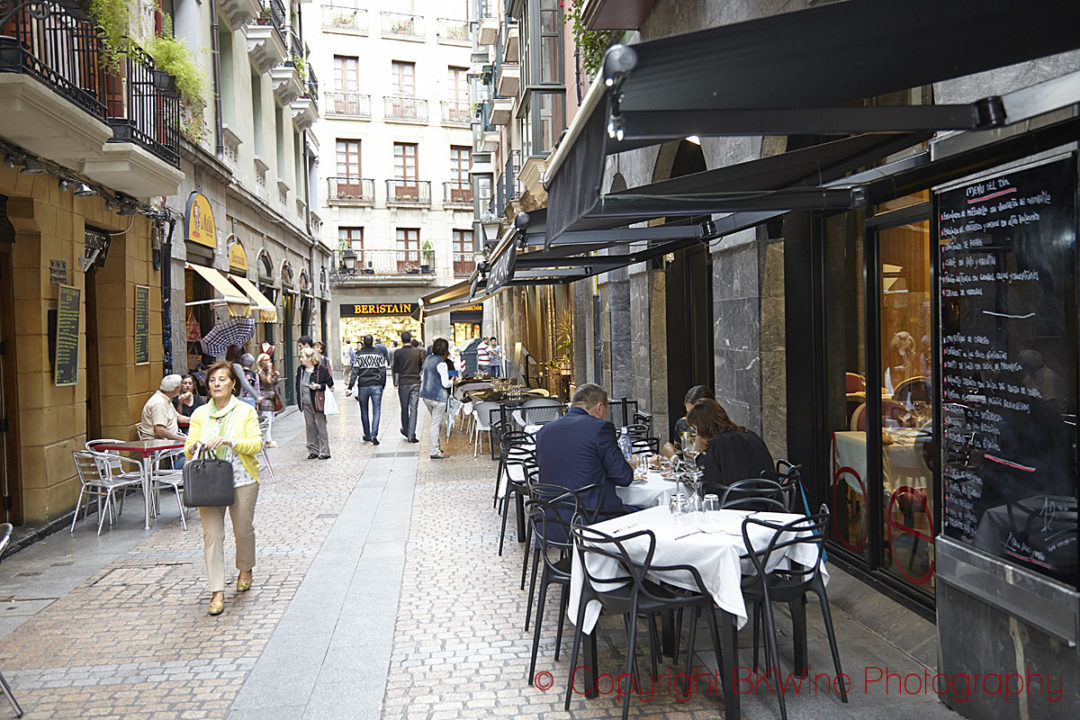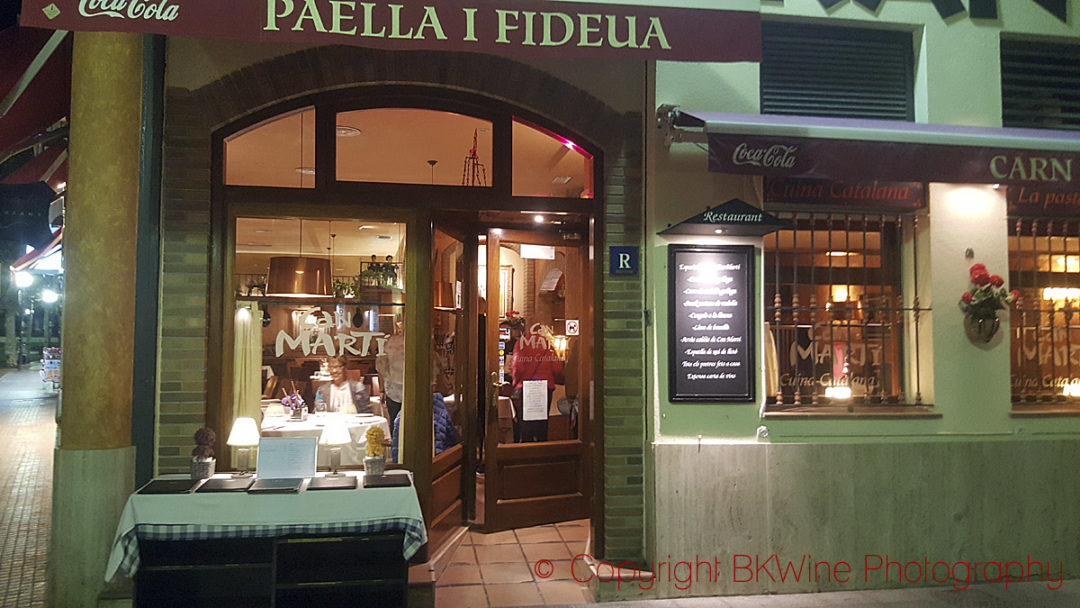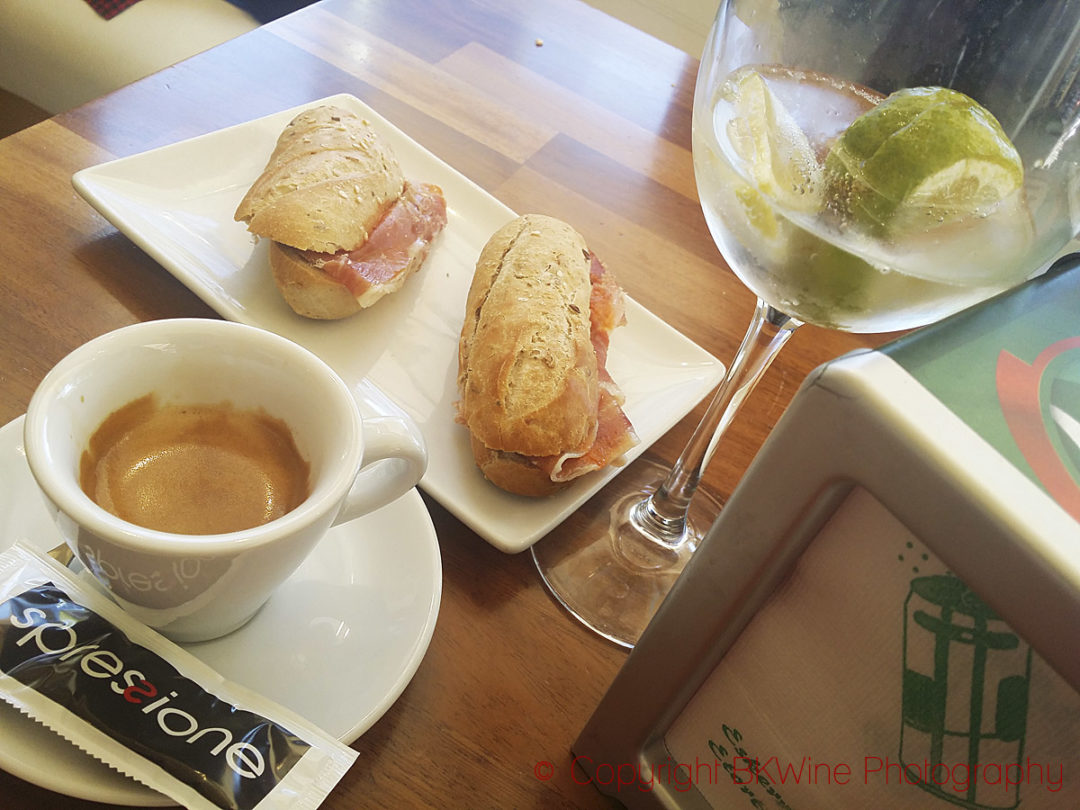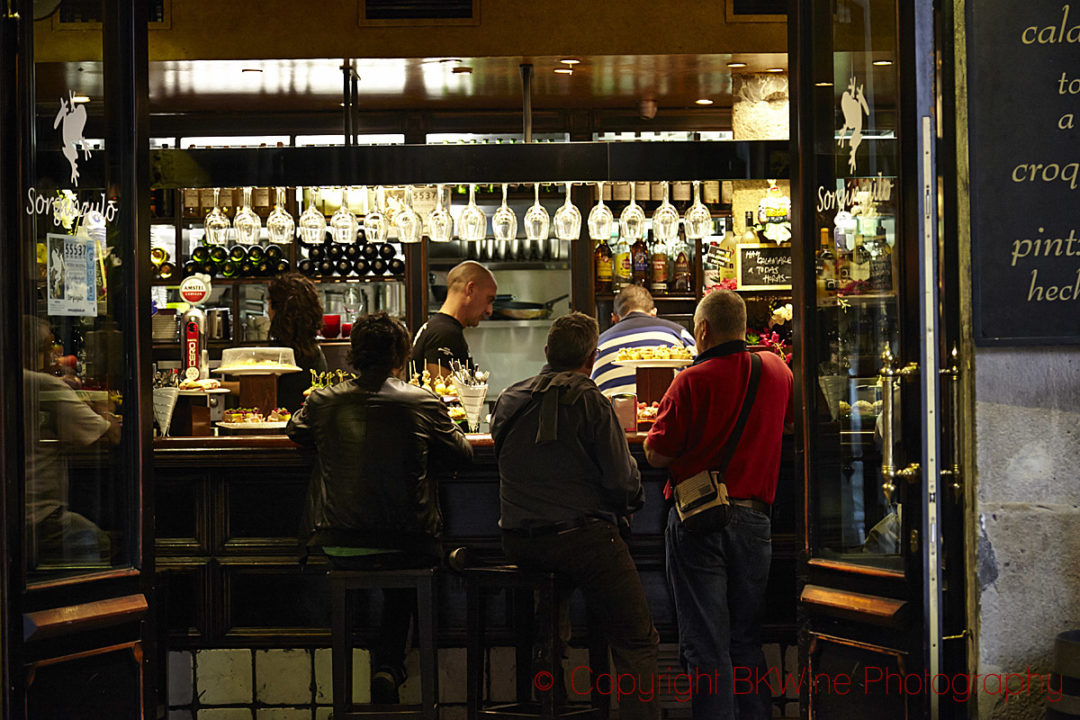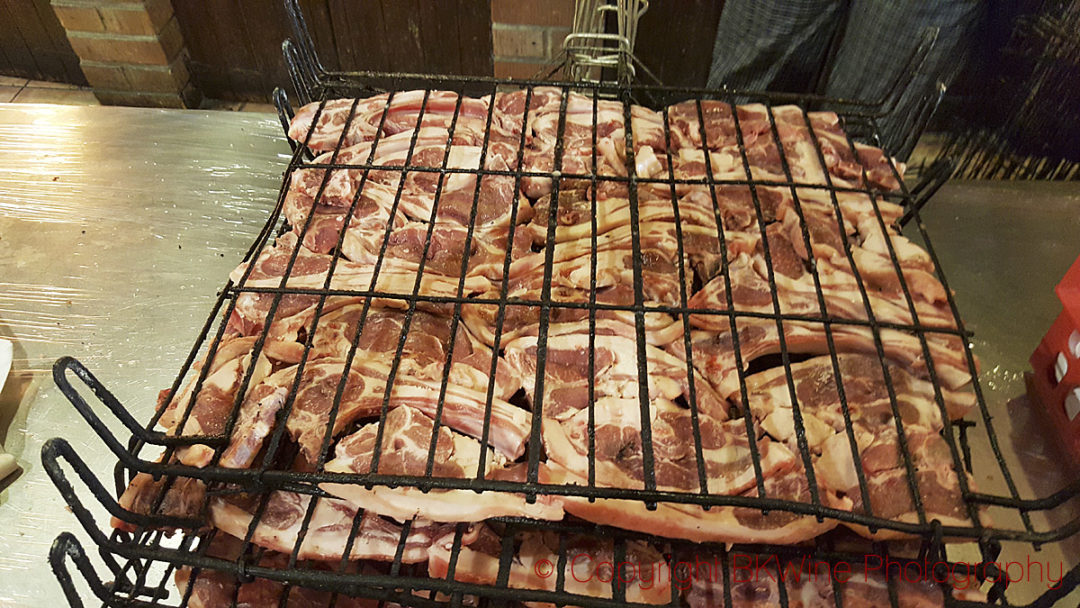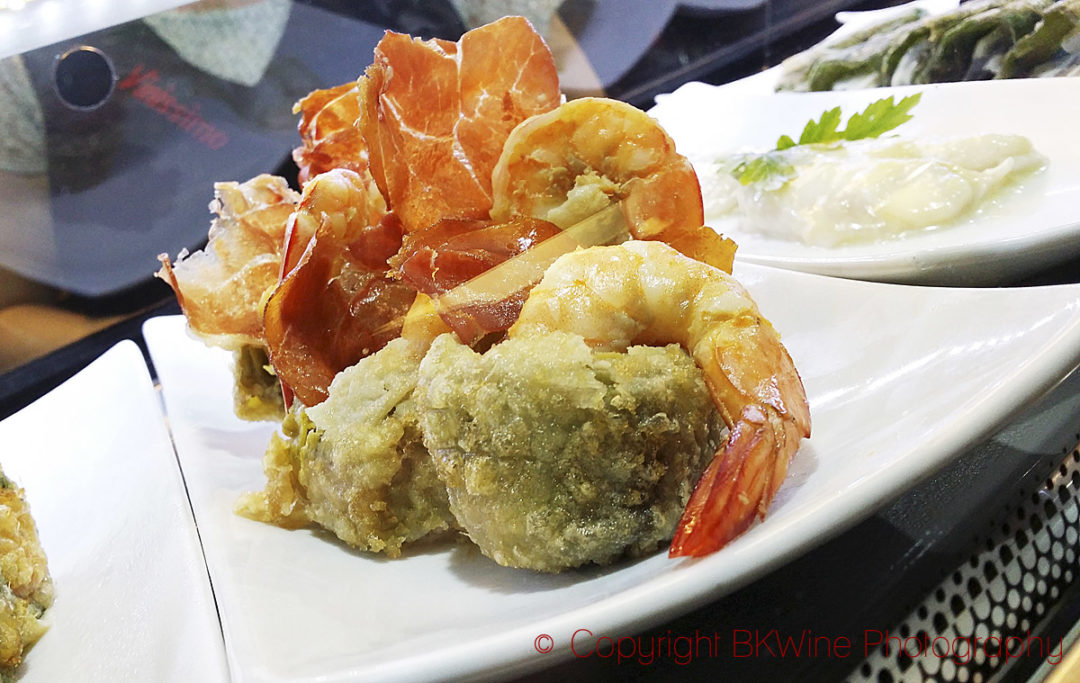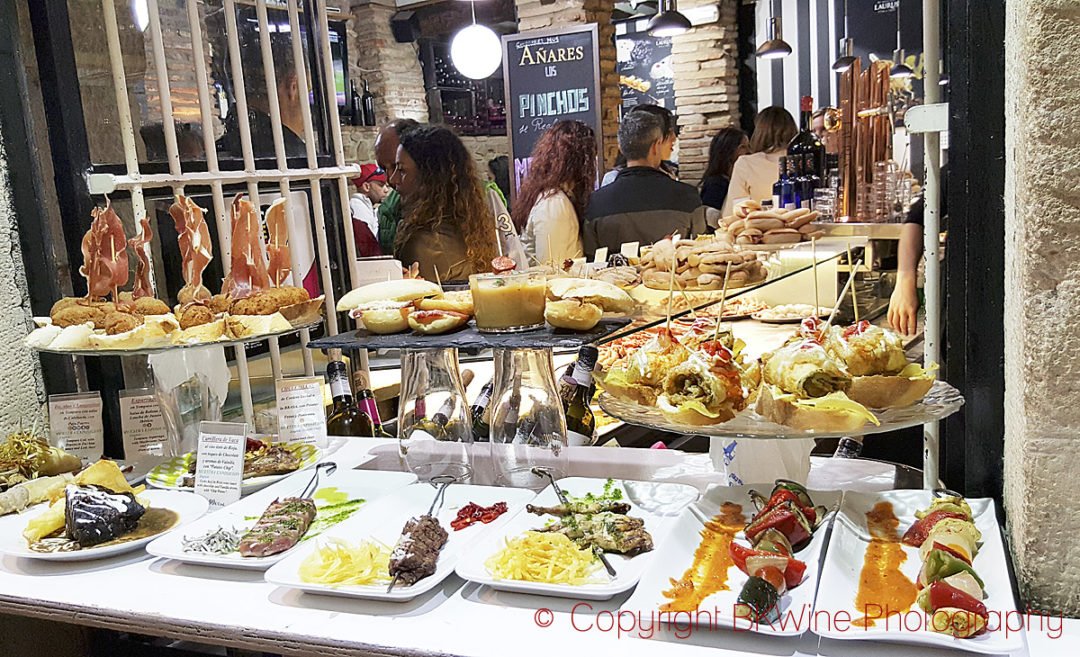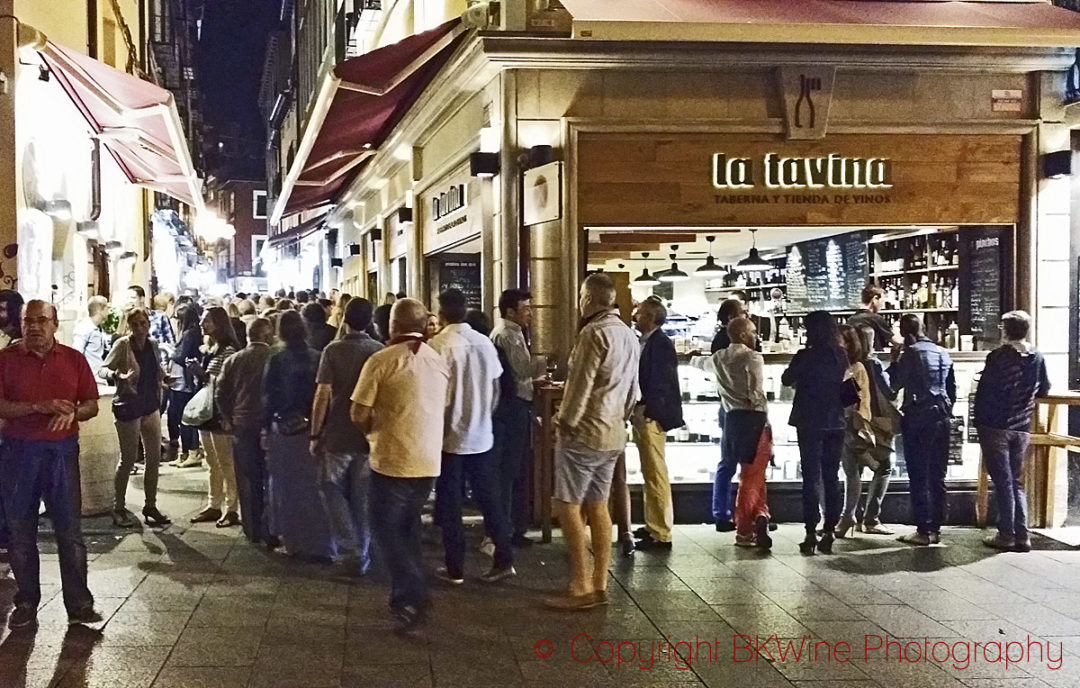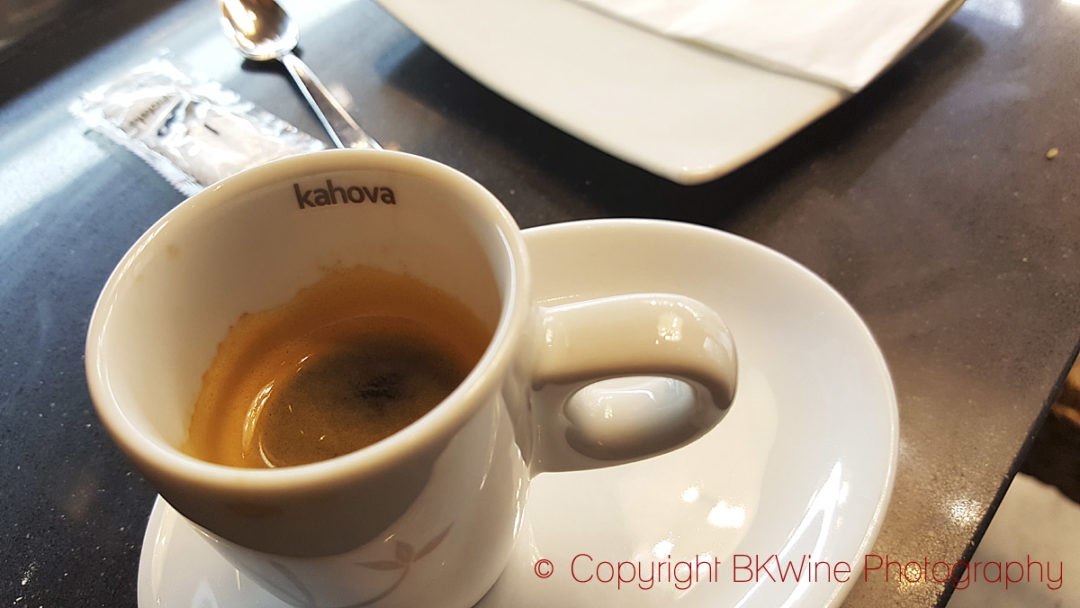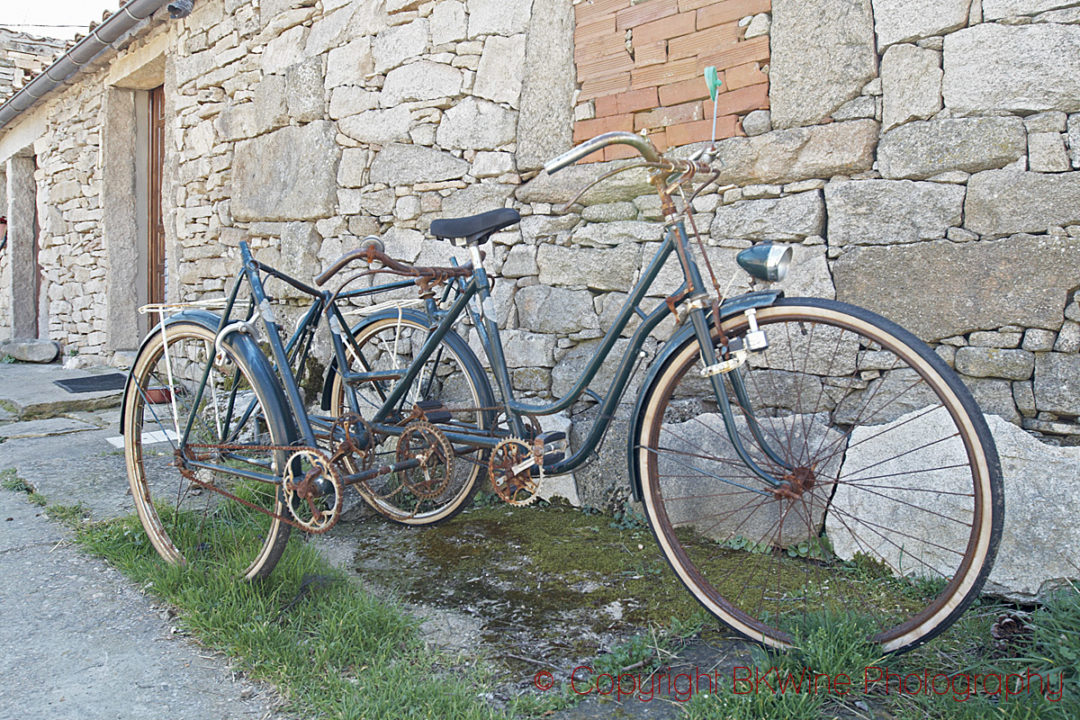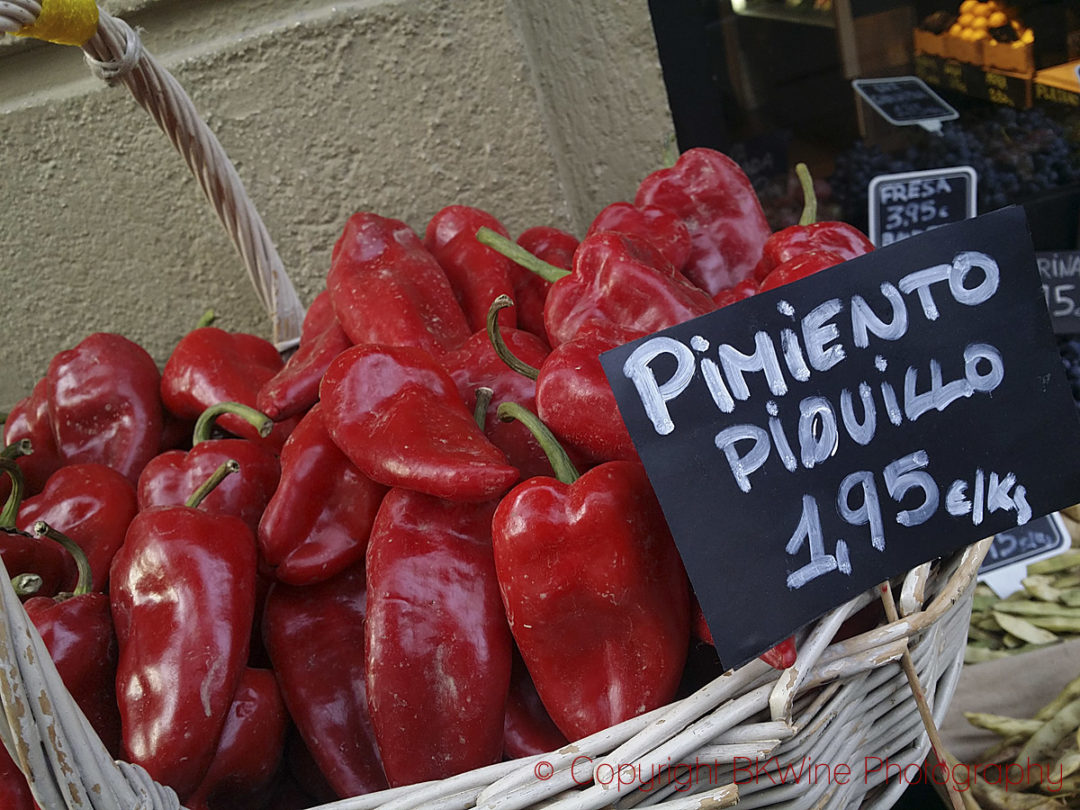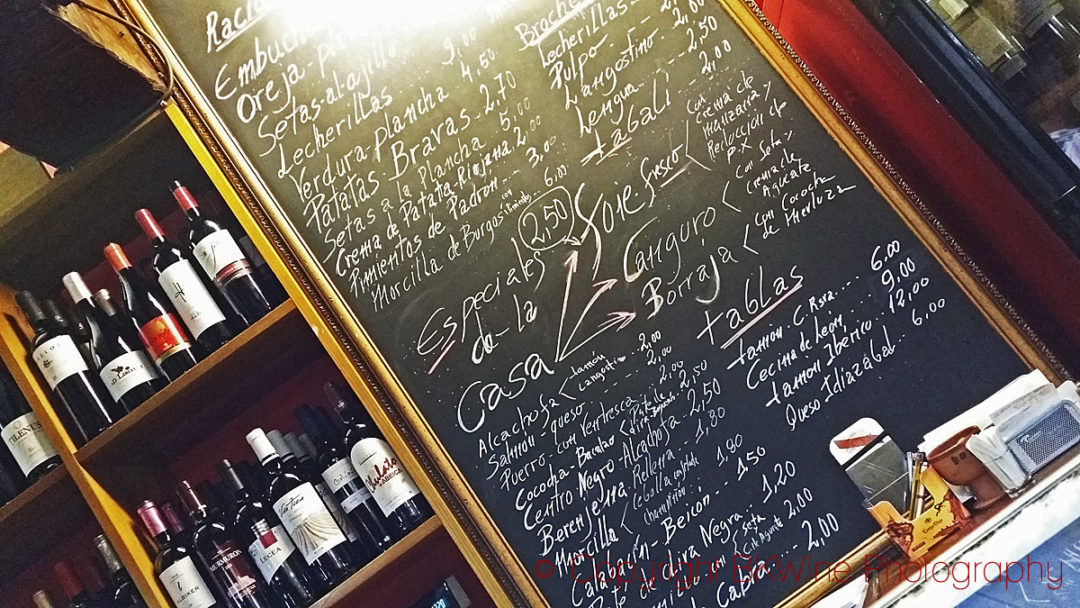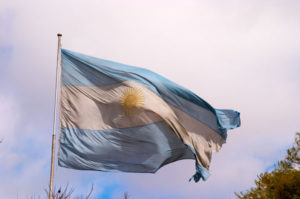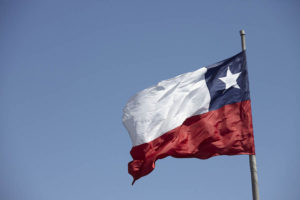Handy hints on tipping, shopping hours, restaurant etiquette, taxis, transport and more
We wanted to give you some gentle guidance about how things work in Spain, so here are a few tips about Spanish customs and traditions. What is considered the norm when tipping in Spain? How do you get a taxi? What should you do (or indeed, not do) in a restaurant or a café to get the best service? And so on.
Please bear in mind that there are always exceptions to the rule.
In this article you will find:
- Tipping in Spain: restaurants, cafés, taxis, hotels
- Credit card use in Spain
- Restaurants and restaurant etiquette, opening hours
- Spanish food
- Tapas, a culinary treasure from Spain
- Tap water
- Coffee in Spain
- Taxis and alternatives
- Shopping hours
- Food markets (mercadillos)
- The Spanish language
Tipping in Spain
Tipping in Spain is entirely optional, but can be done – and indeed is often done – if service is good.
Tipping in restaurants
It is common for people to tip in restaurants, especially if the service and/or the food have been good (and conversely, if the service has not been good, people don’t tend to leave a gratuity). Tips are not included in the prices on the menu. The amount of the tip is, of course, dependent on the total bill, but typically it would be around 5%. To give a very small tip is seen as an insult.
Tipping in cafés and bars
It is not necessary or even expected to tip in cafés and bars, but it is of course appreciated. If you have a coffee at the counter, you could leave a couple of copper coins, 10 ct, 15 ct, 20 ct… (A coffee at the counter in a café costs ~1.3-1.80 euro.), but there’s no obligation. For other items, the amount you might tip would vary as a function of the price.
Tipping in taxis
You typically don’t tip in a taxi, although you can if you want to. Rounding up to a convenient total would make sense, if the service has been good (see also “Taxis in Spain, and alternatives” further down).
Tipping in hotels
Typically, only luxury hotels in Spain have porters. You can tip a few euros but are not obliged to (the amount you would tip depends on the cost of the room, of course).
Credit cards
Almost all businesses take Visa and MasterCard although most prefer cash, especially for smaller sums. Spanish law stipulates that paying with a credit card should always be an option if the sum exceeds 30 euros. If it is less, then the shop/restaurant can refuse a card payment.
Fewer merchants and restaurants take American Express cards, so travelling in Spain with only an AmEx card would be difficult.
The amount charged to your credit card is always exactly what it says on the bill. You cannot put tips on the card and you cannot ask for a higher amount to be charged your card in order to get cash back.
Using credit cards is very safe in Spain. Today all restaurants have mobile terminals that they bring to your table, except in a few instances where you are asked come to the counter.
Restaurants and restaurant etiquette
Simpler restaurants have a menu outside so you can see what is on offer. Most restaurants have a set menu of the day in addition to the a la carta menu from which you can choose individual dishes. You can always ask for the set menu if they don’t give it to you automatically, and it is usually a more economical choice.
The fixed-price menu is called menu del día. In more upmarket restaurants it is often called menu degustación, instead of a la carta.
Except in the very simplest and cheapest restaurants, you should always wait to be seated by a waiter. Whatever you do, don’t simply walk in and sit down (even for outside seating) as this is considered presumptuous.
A traditional Spanish meal has four phases: 1) the starter, aperitivo, that is often some kind of tapa (the singular of tapas); 2) the first course, primer plato, often a salad or ham and chorizo (embutidos) and cheese, or soup; 3) the main course, segundo plato, and a side dish with potatoes or vegetables. The side dish has to be ordered separately, otherwise you will only be served the main ingredient (e.g. fish but no vegetables); 4) the dessert, known as postre. Coffee is served after dessert, not with the dessert. Of course, there is no obligation to eat this amount of food: you can for example order just a segundo with a side dish.
Sometimes the restaurant may offer diners an orujo, (a brandy or liqueur) with their coffee. This is most common in restaurants that have a majority of Spanish guests, and when a large amount of money has been spent.
Food is a serious issue for Spaniards and they treat it with respect. Over dinner with friends, it is natural to discuss enjoyable meals and swap restaurant recommendations (the Spanish are very demanding about what is on the plate: if it is not up to scratch, instead of complaining, they simply never go back).
Food is enjoyed with bread in Spain. In many restaurants, you’ll be given bread and some olive oil to dip it in, before the meal. Spaniards are very proud of their olive oil (Spain is, after all, the world’s largest producer), and tasting it is something to be enjoyed.
Many consider the quality of the bread to be a good indicator of the quality of a restaurant. There will always be a bread basket on the table, from the start until the main course is finished. The kind of bread will vary, not least because different regions have their own type of bread. Butter is not put on bread though, so there will not be any butter on the table.
Also absent is the carafe of water: instead, you can order still mineral water (agua sin gas) or its bubbly counterpart (agua con gas).
If you want coffee after the meal, it will come after (or instead of) your dessert, but not at the same time. It’s referred to as a café, but you’ll be expected to specify what kind you want: cortado, largo, con leche, americano and so on.
You usually have to ask for the bill (la cuenta por favor or la nota, por favor) and oddly, it is often the item that takes the longest time to arrive. However, it’s considered rude for the waiter to bring you the bill unless you’ve asked for it (unless he’s going off shift), so the onus is typically on you.
You cannot add tips on to the credit card charge if you pay with plastic, so if you want to tip, you’ll have to do it in cash. However, you can split a bill on several cards: just specify how you want it split, e.g. 50/50 or specific amounts on each card.
It is considered good manners to say hello when you arrive, and goodbye when you leave: buenas dias, or buenas tardes (after 2 pm), or buenas noches (after around 9 pm). You say the same thing when arriving as when leaving. Hasta luego is very informal and is best not used for people you don’t know.
Some people say buen provecho or buen apetito (enjoy your meal) to diners they pass when entering or leaving a restaurant, as a courtesy. According to formal protocol this is not done, but it is still very common outside big cities and tourist areas.
Restaurant opening hours
Spain is very different when it comes to meal times, and it is very difficult to deviate from the norm. So we suggest you relax and just do what the Spanish do, even if the hours are a little crazy…
Lunch is typically eaten between 2 pm and 4 pm. In Catalonia there are restaurants that open earlier, but to fill the time until a regular Spanish lunch is served, try drinking an aperitivo in a bar at around noon or a little later.
In the evening, restaurants usually open at 9 pm, or possibly 8.30 pm, but it is not unusual to sit down for dinner at around 10 pm. In a pinch, you might find a restaurant with longer opening hours near a train station or in areas more popular with tourists; tapas can be an alternative for an earlier dinner.
Spanish food
Food plays a very important role in Spain. You can still find many open-air markets where people shop for food, but even in supermarkets the food range and quality is often impressive and very reasonably priced.
In Spain, the basic ingredients play the leading role. Compared to some other food cultures (e.g. Scandinavian or American), Spaniards add less spices and less salt to food. To pan-fry meat and just serve it with a pinch of salt is common. This is because the ingredients themselves (for example the meat) are of good quality and it is their own flavours that should be emphasised rather than masked by excessive use of spice and salt.
In Spain, the basic ingredients play the leading role. Compared to some other food cultures (e.g. Scandinavian or American), Spaniards add less spices and less salt to food. To pan-fry meat and just serve it with a pinch of salt is common. This is because the ingredients themselves (for example the meat) are of good quality and it is their own flavours that should be emphasised rather than masked by excessive use of spice and salt.
This sometimes leads to foreigners thinking that Spanish food lacks flavours. In fact, the food is cooked to bring out the delicate and delicious flavours of the ingredients. Adding (say) a spicy barbecue sauce would be considered wrong; the chef has created the food in the way he sees fit.
Spanish cuisine has become internationally renowned in the last 20 years thanks to star chefs like Ferrán Adriá, Joan Roca, Martín Berasategui, Juan Mari y Elena Arzak and Pedro Subijana.
Each region has its own traditional dishes, so menu can vary greatly. For example, the most typical dish in Andalucia is gazpacho, while in Valencia, there is paella. In Rioja, you’ll find lamb and white beans, in Galicia fish and seafood (mariscos)… and so on. In the north, the cuisine is more refined (or elaborate) than in the south – possibly because of the cooler, wetter climate.
Tapas, a culinary treasure from Spain
If there is something that everyone knows about Spanish gastronomy, it’s tapas, or an approximation thereof. Tapas are served in most bars and many cafés, often with local specialities, often quite simple although they can also be amazingly sophisticated.
There is no real difference between tapas, pinchos and pintxos. It is primarily a question of language, depending on where you are. In the Basque country, Rioja and Navarra the word is pinchos (pintxos in Basque). Some argue that there is a fundamental difference, but we’re not convinced there is any substance to this claim.
In some places, tapas are free (if you drink something), but in most cases you pay for la tapa (el pincho).
Tapas can be hot or cold, and range from the simple – for example, jamòn ibérico (good examples are expensive) – to the most elaborate creations. Omelettes (tortilla) are often very good, while patatas bravas (fried potatoes with spicy sauce) is another classic.
For most Spaniards, tapas is a small snack enjoyed with a drink in a bar before moving on to the evening’s restaurant.
However, tapas can also be an excellent alternative to a traditional seated restaurant dinner, especially if you want to eat earlier. Start with one tapa and then order more as the fancy takes you – or order one at a bar/café and then move on to another (like a bar crawl, only with tapas).
If you have several tapas, it is a good idea to remember what you have had so that you can explain when it’s time to pay (the waiter will not always remember what you’ve had). Alternatively, pay each time you order.
In most cases, the tapas are displayed on the bar counter, and some will be heated to order. You can simply point to what you’d like to try, but don’t help yourself: just ask to be served. It’s very informal: order at the bar and then eat your tapas standing wherever you can find room, unless there is table service.
In Rioja’s capital city of Logroño there are several streets – Calle Laurel, Calle San Juan, Calle San Agustín – that are renowned for their concentration of tapas bars, some of them serving a specific kind of food. Go there of an evening (after 9 pm or thereabouts) for a unique culinary experience, and be warned: these bars can get extremely busy. In Bilbao, the most famous tapas destinations are Plaza Nueva in the old town, and Calle Ledesma in the newer neighbourhood.
In fact, tapas are served in all cities, so you’ll be able to find them easily – and bear in mind that it can great fun to head off the beaten track, where tourists would not generally go!
Tap water
Tap water in Spain is perfectly safe to drink, although the locals usually don’t drink it. In some places, the chloride content is high, so even if the water is safe to drink, it may not be to your taste.
Coffee in Spain – “un café por favor”
There are many different types of coffee in Spain, but it does not have the almost iconic status that it has in Italy. Many Spaniards complain about the quality of their coffee, even though they belong to one of the top 20 countries that drink the most coffee per capita.
If you order “un café por favor“, then you will get a question back about the kind of coffee you want.
For those who cannot be without American-style brewed coffee, the best bet is to order a café americano. This is an espresso that is diluted with hot water in a larger coffee cup, and it’s relatively similar to a brewed filter coffee.
Here is a short cheat-sheet of the most common types of coffee.
Café solo – An espresso coffee, usually served in a small cup, made by the waiter in front of you when you ask for it.
Café cortado – A cortado is the same amount of coffee as the café solo with a small dash of milk added to reduce the acidity. Served in a cup or in a glass.
Café con leche – Coffee with milk. You can choose the kind of milk you want (cold, hot, with foam, low-fat milk, etc.). Usually served in a cup larger than that used for cafe solo.
Café largo – One dose of espresso coffee, but more water is allowed to flow through the coffee (or a little more is added), served in a larger cup. So it’s a softer, slightly diluted version of café solo.
Leche manchada – A cup of milk with some coffee added.
Café americano – A cup larger than that for café largo and with even more (hot) water added. Enjoyed by many students.
Café con hielo – A very common way to enjoy coffee in the summer. An espresso (café solo), but with a glass of ice cubes on the side, so you can pour the hot coffee into the glass.
Café descafeinado – Decaffeinated coffee.
Taxis in Spain, and alternatives
You can hail a taxi on the street, or phone for one, or take one at a taxi stand. Or ask the hotel or restaurant to call one. In some cases there may be a surcharge (compared to the initial fee shown on the meter) for a suitcase or more, or for trip to/from train stations or airports. This is not a case of the driver trying to rip you off; it is just how the pricing is defined. The rules are usually posted on one of the back-seat car windows. The extra charge is usually added at the very end, on top of the meter charge for the distance and time. Sometimes the fare from an airport is a fixed price. When travelling to the airport, it is always the amount on the meter. It’s a good idea to ask how much it will cost before you get into the taxi.
Taxis don’t always take four passengers, and if they do, there may be a surcharge for the fourth person. Be sure to mention that you are four if you call or pre-order. Passengers (up to three) normally sit in the back: if you want to sit in the front, do ask the driver first.
Important: Most taxis only take cash, but no credit cards. If you want to pay with a card, make sure you specify this when ordering, and check again before you get in.
Also, see the section on tipping.
Uber now exists in many cities in Spain. There is also something similar called Cabify.
Shopping hours
Shops usually open at 9.30 – 10 am and close at 8pm or 9.30 pm. In smaller shops and in smaller towns they often close for a lunch break between 2 pm and 4pm, but in bigger cities shops usually don’t close for lunch. The big department store chain El Corte Ingles is open from 10 am to 10 pm, and larger food and fashion shops (Carrefour, Mercadona etc) sometimes do the same.
Most shops are open six days a week, Monday to Saturday, and larger shops have the same opening hours as on weekdays; smaller ones might close at 2 pm.
Sundays: Most shops are closed. In tourist areas they may be open and some food and grocery shops are often open on Sunday mornings. But don’t count on doing any other shopping on Sundays unless you go to a Sunday (morning) market.
In some parts of Spain, larger shops may be open on the first Sunday of every month from 10 am to 10 pm, as well as all Sundays in December.
Food markets (mercadillos)
Food markets (known as mercadillos) are still common in Spain. They often sell food and other items (e.g. clothes, homewares). Larger cities have several, and in smaller towns there is always at least one within easy walking distance. Visiting a colourful local food market can be a real treat and well worth an hour or two, if you have time. The markets are usually open in the morning, one or more days a week. Often the market is held outside on the town square, but there are also indoor versions. Ask someone about when and where the nearest market is.
The Spanish language
Travelling in Spain and not being able to speak Spanish can be tricky, depending on your destination. In the larger cities and amongst the younger locals you can often find someone who understands English, but in rural areas this may prove tricky. Nevertheless, villagers tend to be very helpful and try to make themselves understood. Spaniards usually speak loudly. That does not mean that they’re upset, they just want to make sure they’re heard…
Learning the basics of Spanish is relatively simple, as it is written as it is spoken. However (like Russian), Spanish has one of the world’s largest vocabularies, partly because the same object has different names in different parts of the country. So it’s not always easy.
Depending on where you are, Spain has different official languages. For example, in Galicia it is Galician (gallego), in Catalonia Catalan (catalan), in Valencia Valencian (valenciano), and so on. And the most prominent of the languages of Spain (which everyone speaks and which can be understood throughout the country) is Castilian (castellano ).
So now you’re fully briefed, all that’s left to do is to come to Spain on a wine tour with BKWine, and enjoy some of the world’s finest wine and food.
Travel to the world’s wine countries with the people who know wine and the local culture, with those who can give you the best experience. Travel with those who can take you to the best producers and the most beautiful spots. Where you get to taste the most exciting wines, personally meet the winemakers, and enjoy authentic local gastronomy.
Travel with BKWine Tours
More country FAQs on France, Italy, Chile, Argentina, Spain…. here.

